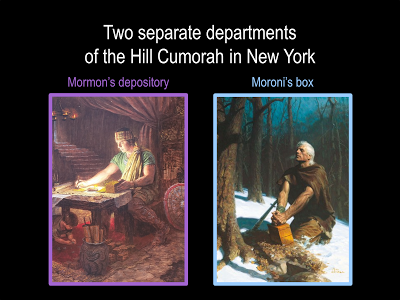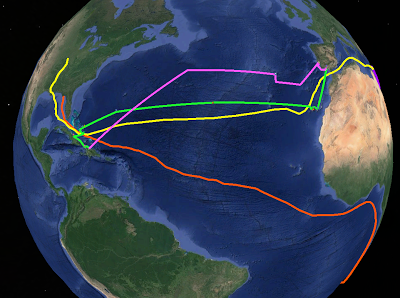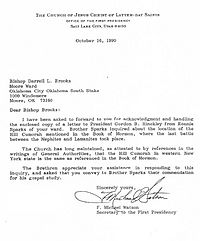Oliver’s qualifications to write Letter VII
The obvious response is, why would Oliver claim revelation when he had personally visited Mormon’s depository of records, right there in the hill Cumorah in New York?
There’s another consideration.
On April 19, 1834, Joseph gave Oliver a special blessing related to writing and publishing.
Brothers Joseph, Sidney, and Zebedee then laid hands upon bro. Oliver, and confirmed upon him the blessings of wisdom and understanding sufficient for his station; that he be qualified to assist brother Sidney in arranging the church covenants which are to be soon published; and to have intelligence in all things to do the work of printing.
Here’s the link to the original: http://www.josephsmithpapers.org/paper-summary/journal-1832-1834/79
Aside from all his other qualifications, this blessing from Joseph Smith tells us that Oliver had “the blessings of wisdom and understanding” he needed to write the eight historical letters, including Letter VII.
________________
There are also some who oppose Letter VII who say that Joseph didn’t really help Oliver write the letters. Here’s one reason to think Joseph and Oliver worked together.
On August 17, 1835, the Presidency of the Church met to examine and approve the book of commandments and covenants, which had been compiled and written by the committee. This took place when Oliver was still writing and publishing the letters.
Here are the minutes:
August 17th. A.D. 1835 by the
of the
, for the purpose of Examining a book of commandments and covenants, which has been compiled and written by the following committee, which was appointed by a general assembly of the Church in
Sept. 24th 1834 & instructing the writers of said Book. This committee was nominated, by the Speaker of the
, seconded & voted into this office, by the whole body of the church then assembled. The names of the Committe are as follows Joseph Smith Junr.
,
&
. This Committe having finished said Book according to the instructions given them, it was deemed necessary to call the general assembly of the Church to see whether the book be approved or not by the Authoroties of the church, that it may, if approved, become a law. unto the church, and a rule of faith and practice unto the same. Therefore, this assembly was called to order & organized as follows. First the Presidents of the church in
, (Viz.)
|
} |
present and took the lead of the meeting |
|
} |
|
| Joseph Smith Junr.} | absent |
| & | |
|
} |
http://www.josephsmithpapers.org/paper-summary/minutes-17-august-1835/1
Joseph and Oliver worked on this committee to “compile and write” the revelations. It seems strange to argue that they did not also work together on the historical letters that Oliver was publishing in the same time frame.
Source: Letter VII





